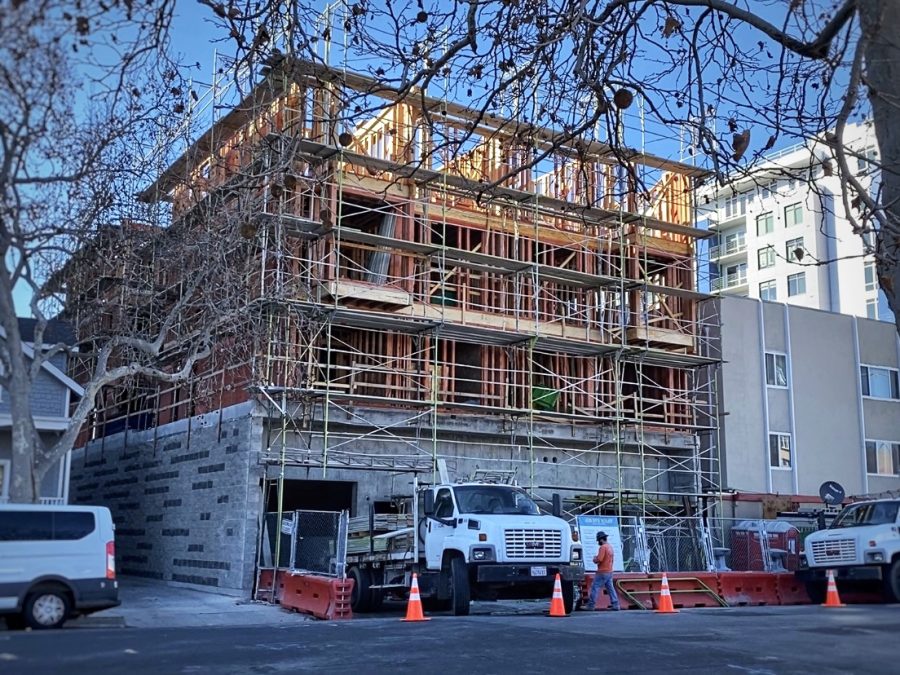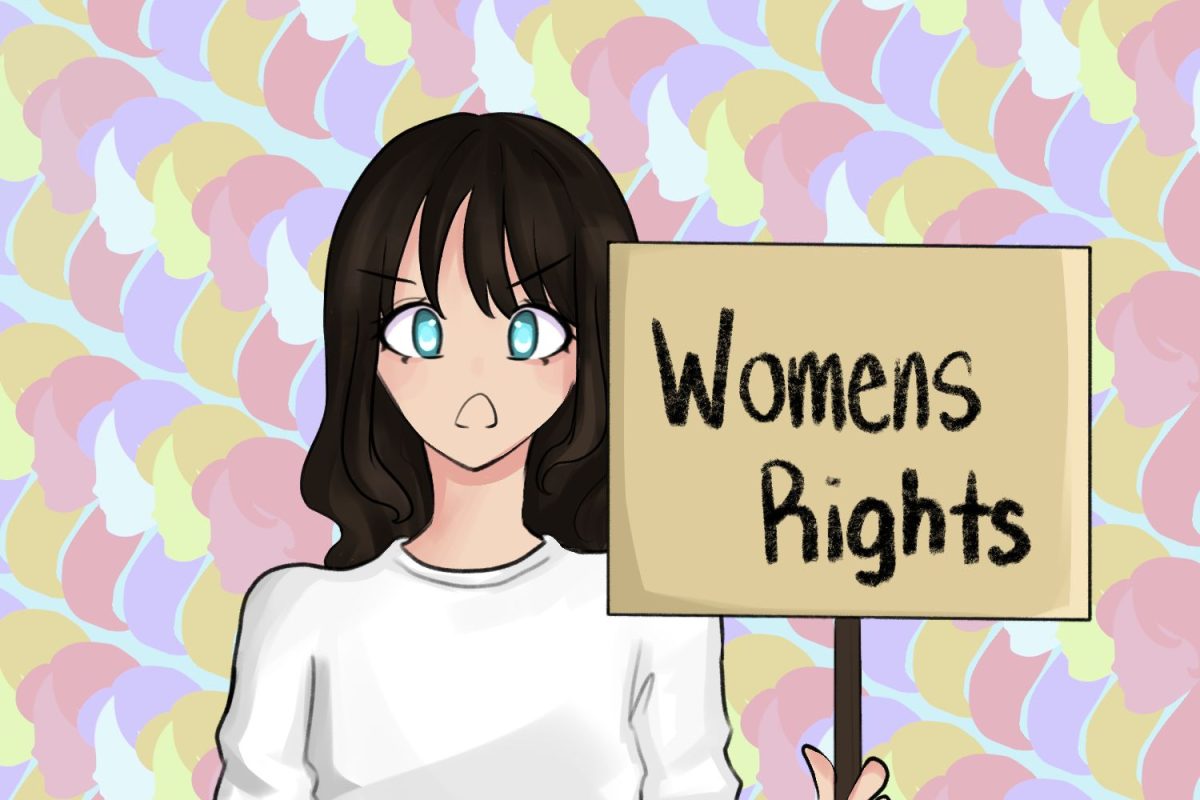Finding the perfect home is challenging; finding one that fits a budget limit is even more difficult.
Average house prices are on the rise in the Bay Area, adding to the struggles of those who have a lower income. To battle the housing shortage, Habitat for Humanity Greater San Francisco (Habitat GSF) is building affordable homes in downtown Redwood City.
“[Habitat for Humanity] provides that opportunity for first-time homebuyers who are super hardworking and are just trying to create stability and a future for their kids,” said Maureen Sedonaen, the CEO of Habitat GSF.
Habitat GSF is a non-profit organization whose mission is to build and preserve homeownership. To do so, they construct affordable homes, offer critical home repairs to their homeowners, and hold community events.
“We’ve built a really strong pipeline of homes that we’re going to be building over the next seven or eight years, in the hundreds,” Sedonaen said. “Despite COVID, despite the costs in the Bay Area, we’re going to be able to provide hundreds of families with this opportunity.”
At 612 Jefferson Ave., Habitat GSF’s homebuilding project is currently under construction and projected to have families start moving in by next year. Sedonaen outlined how families put themselves in the running to get a house from the project.
“We have 20 homes that we’re building [in Redwood City], and we had about 800 applicants for those 20 homes,” Sedonaen said. “Once they qualify, they go into a lottery process. It’s just so heartbreaking that all of these people have this need, and we just can’t build fast enough.”
To build the homes, Habitat GSF had to apply to the Redwood City Council for approval. The City Council’s goals for their housing and homelessness initiatives include preservation, protection, production, and partnership; Habitat GSF’s project falls under production.
“We’re really excited about this project because it’s an ownership opportunity,” said Alin Lancaster, Redwood City’s Housing Leadership Manager. “Homeownership provides a lot more stability for people; they get to be homeowners, remain in this community, and ensure that their housing costs stay the same for the next 30 years.”
However, the cost of construction has to be adjusted to balance these new homes’ affordability.
“Below market rate [BMR] housing needs to be subsidized,” said Apollo Rojas, the Redwood City Senior Planner. “They’re restricted to the levels that you could sell to for below market rate housing, so some of these affordable housing developments require multiple sources of funding.”
Redwood City has set maximum income and rent limits for residents, with the area median income (AMI), based on a household of four, being $143,100.
Habitat GSF usually targets their affordable homes towards those in the 50-80% area median income. This year, they have extended that range up to people in the 120% area median income.
“The rents are set below market, and they’re set based on the income level of the unit,” Lancaster said. “The big issue is that the amount of money they collect in rents doesn’t cover the cost of construction, and the only way to make that work is usually providing public subsidies to the project to make up that difference.”
Despite these challenges of providing funds for construction, Habitat GSF and Redwood City continued their plans. The construction of affordable homes benefits the community as a whole by helping those struggling with financial issues.
“If you come to the Bay Area, you’re kind of in a situation where you’re lucky, or you’re not, in terms of finding jobs and finding work to afford decent living situations,” said Arianna Behrendt, a sophomore. “It’s difficult. It’s very, very hard.”
Behrendt has been a longtime resident in the Bay Area. Her family recently moved and rented a new house, going through the process of finding a suitable home for themselves.
Being a student living in a family of four, Behrendt understands the stress of the families who struggle between paying for housing and raising children.
“You have other responsibilities and other things to do than worry about housing, and housing at this point is such a huge issue for some families,” Behrendt said. “By lowering prices and making it more affordable, it’s helping a lot of families that are struggling or need some financial support.”
In addition to the benefits affordable housing provides for families, these projects aim towards stability and greater equality in the community.
“It lets people stay in the Bay Area and not have to sell their homes or their assets, particularly for people of color or low income,” Sedonaen said. “The playing field didn’t start out level, so it’s a way to honor and respect their longtime longevity in a community as community residents.”
Lancaster expressed a similar sentiment.
“If we want to retain our diversity and retain our current residents, producing housing is important,” Lancaster said. “When people have to move out to cheaper areas, it creates a lot of traffic and congestion because people are commuting long distances to come back to the community, and I don’t think that’s great for traffic, climate, or quality of life.”
The quality of life forms the basis of the success of a community. Redwood City hopes to improve the overall community through the building of these affordable homes.
“Redwood City has a very vibrant downtown. What we need is residents to help drive our retail businesses, help drive our restaurants,” Rojas said. “Having a core group of residents in our downtown is very good for just the economic viability of our downtown and for developing a community.”
Forming a flourishing city and expanding affordable housing is a long-term project; however, Habitat GSF and Redwood City will be working towards accomplishing this goal.
“It’s one of those things where one city alone isn’t going to solve the issue,” Rojas said. “We can all do our part and encourage each other to make sure that we are contributing to the solution.”






















